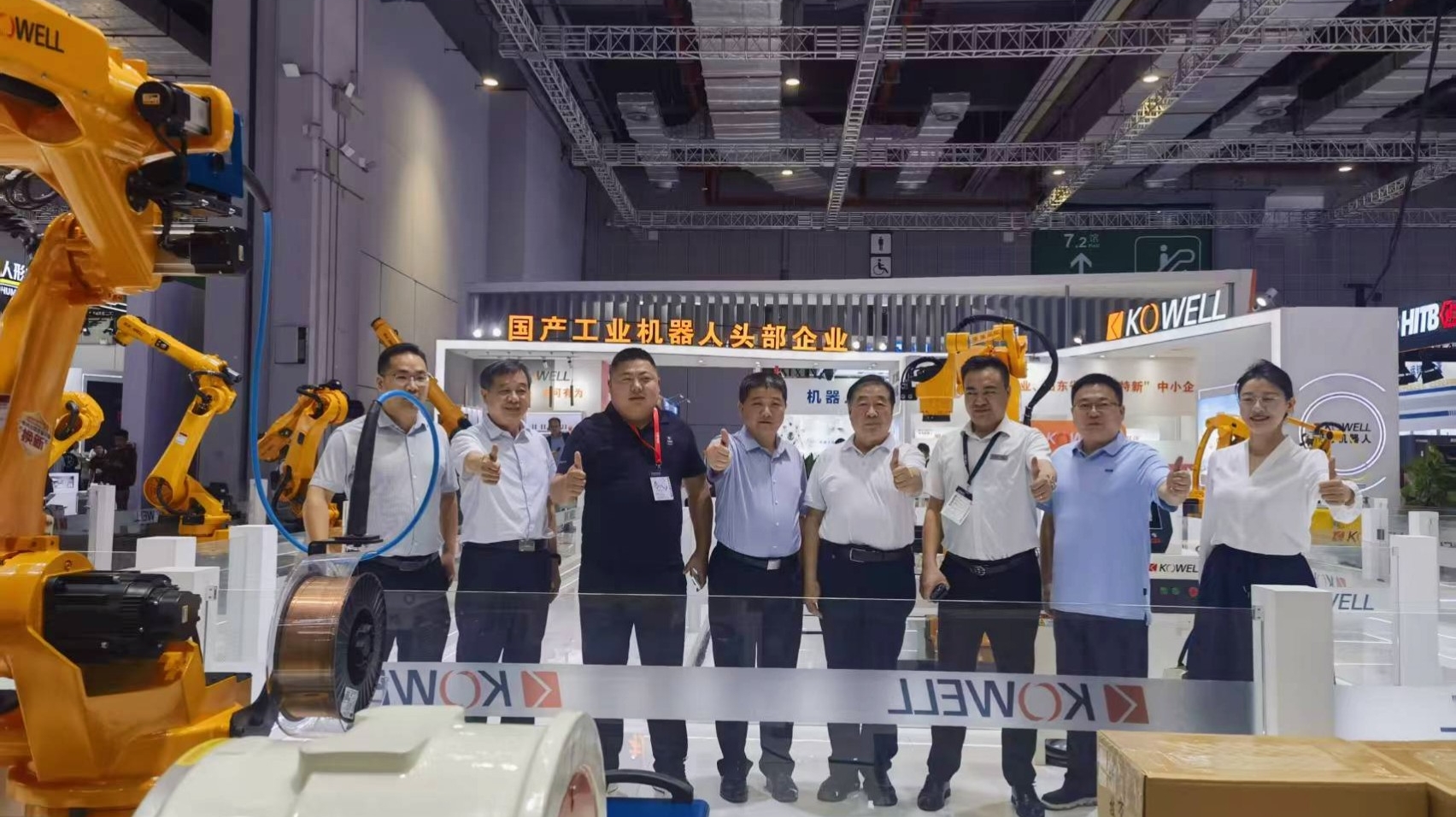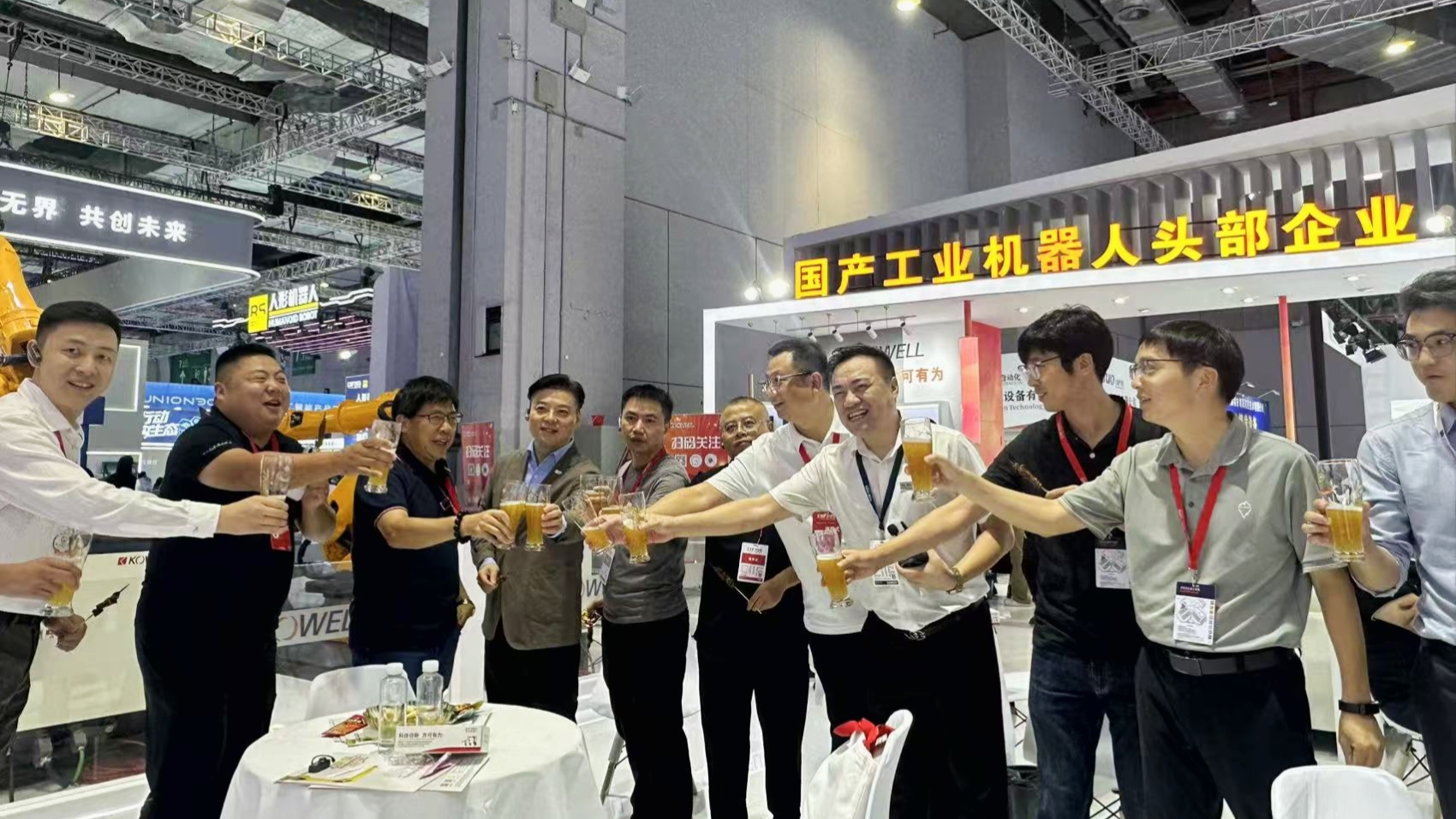In the context of traditional manufacturing, handling and palletizing are regarded as "mechanical repetition" at the end of the process. However, with the acceleration of production rhythm, fragmentation of order mode, and continued tension in the human structure, this seemingly marginal link is gradually transformed into a dynamic control point for the entire production line. The application of collaborative palletizing robot arms is transforming the handling link from "end action" to "core scheduling", triggering a deep reconstruction of the logic of the manufacturing process.
From "doing it for others" to "collaboration": roles are changing
Most traditional robot arms rely on closed work areas and fixed task processes, and they replace manpower; while collaborative palletizing robot arms bring more than just replacing manpower, but also real-time cooperation with people and systems. Such equipment usually has higher flexibility and sensor response capabilities, and can work side by side with workers without full isolation, and even actively judge the rhythm of the workstation and dynamically adjust the rhythm of the operation.
For example, on the packaging production line, manual and traditional robotic arms often form bottlenecks due to inconsistent beats, while collaborative palletizing robot arms integrate with information systems to schedule paths according to material changes, greatly reducing waiting and error time.
Behind the handling action is the integration of information flow and material flow
When we re-examine the matter of "palletizing", we will find that it is far from a simple handling action. A collaborative palletizing robotic arm that is truly integrated into the production line actually performs logical operations based on data flow during each gripping, rotation and stacking action: it needs to judge the product type, pallet type, stacking method, transportation sequence, and even the warehousing strategy for the next link.
This means that its role is more like a "production line edge scheduler", effectively connecting the "physical action" and "data drive" of the manufacturing site. The intelligence of this edge node is filling the gap of the "last meter" in the traditional automation system, and it is at this node that the logic of the production line begins to change quietly.

Why now? Why is it a collaborative palletizing robot arm?
In the past, the core of manufacturing automation focused on upgrading core equipment and transforming the entire process line. Handling and palletizing, as subsidiary functions, were often handled later. However, with the increasing complexity of orders, tight site use, and the increasing demand for fast line change and flexible organizational capabilities, companies began to realize that the handling logic is no longer as simple as "delivery", but a key variable that affects the rhythm and collaborative efficiency of the entire production line.
At this time, the collaborative palletizing robot arm has become the preferred carrier for local transformation of the production line with its flexible deployment, rapid integration, and rhythm adaptation. Without changing the overall layout, the dynamic scheduling capability of the entire production line can be leveraged by deploying key points, reducing system complexity and improving deployment efficiency.
Another direction of manufacturing upgrade: from "reconstructing people" to "reconstructing logic"
Past manufacturing upgrades often focused on "how to replace people with technology." The addition of collaborative palletizing robots has made us begin to reflect on another dimension: how to reconstruct with logic to make people and technology collaborate more efficiently?
In the pilot projects of some manufacturing companies, collaborative palletizing equipment not only replaced heavy physical labor, but also released the scheduling ability and judgment space of operators through task reconstruction. The robot arm is responsible for "moving", while people turn to "management", promoting a new production form with clearer division of labor between man and machine and more controllable efficiency.
This change is not a victory of technology itself, but a victory of collaborative mechanism and logical process. And it is the collaborative palletizing robot arm that stands at this turning point.
Written at the end: It is not the tool that replaces people, but the process that rewrites the logic
At present, more and more manufacturing companies realize that the essence of automation is never "machines replacing people", but "process reorganization". The reason why the collaborative palletizing robot arm has become the entry point for the reconstruction of production line logic is that it has the ability of "bidirectional embedding": it can perform repetitive labor for people, and can be embedded in the information system as a scheduling contact.
It is both working and scheduling; it is both an executor and an information interface. In this sense, it not only participates in the evolution of manufacturing methods, but also defines the operating structure of the "future production line".
In the next decade, the keyword of the manufacturing industry may not be "full automation", but "high collaboration". And the collaborative palletizing robot arm will be the first to arrive in this collaborative era.

Online Consultation
Hello, the current customer service is offline. You can leave your contact information and the staff will respond to you as soon as possible!



![[CIIF Day 4: Technology In-Depth] Kewei Robotics Drives Intelligent Manufacturing with Innovation, Leading the Wave of Industrial Transformation](https://cdn.cnyandex.com/kw_en/uploads/9.26.1.jpg)


![[CIIE First Day: Exploding the House] Kewei Robotics made a stunning appearance at the CIIE, ushering in a new paradigm for intelligent manufacturing!](https://cdn.cnyandex.com/kw_en/uploads/9.23.1.jpg)